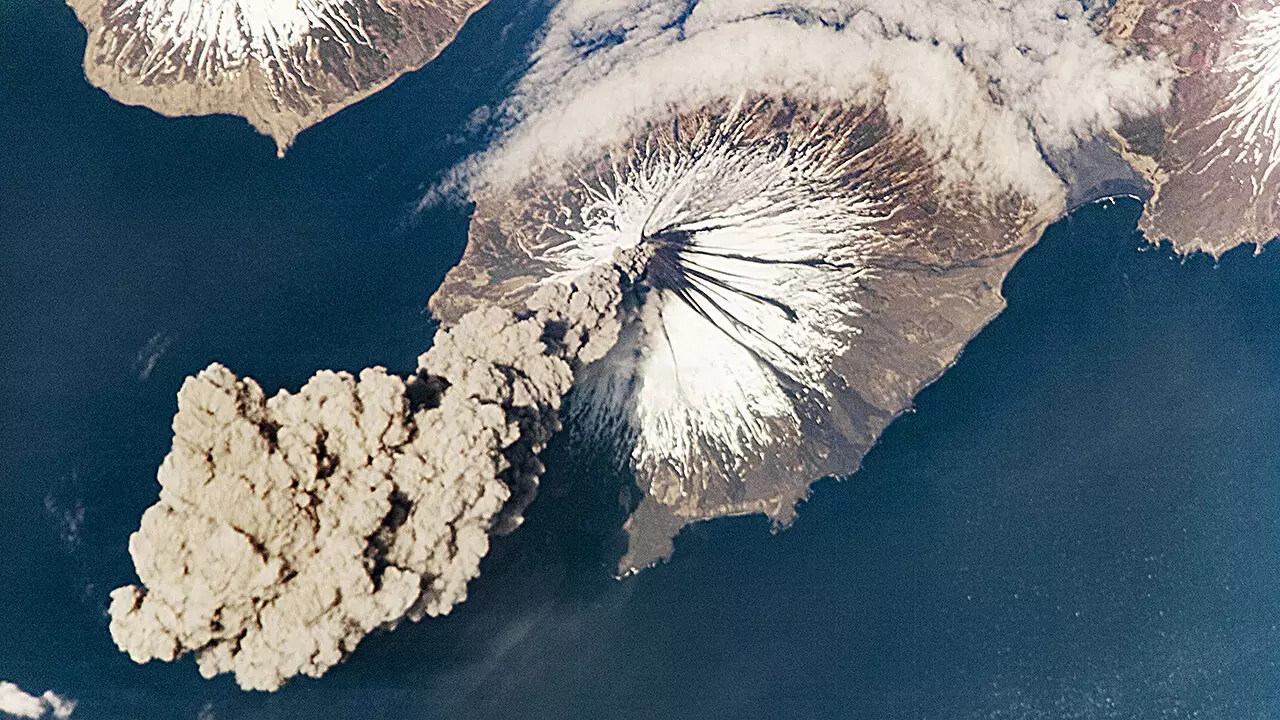Water is an unsung hero beneath Earth’s crust, especially in the dynamic environments found in subduction zones. These areas, where denser oceanic plates dive beneath lighter continental plates, involve complex interactions that are pivotal for volcanic activity and earthquake dynamics. Recent research led by G. S. Epstein and colleagues illuminates just how vital these water interactions are, particularly in the context of the mantle’s hydration. Their work not only updates what we know about these geophysical processes but also changes the paradigms of how we understand deep Earth phenomena.
Dynamic Interactions between Plates and Mantle Hydration
In their study, the researchers examined a scenario involving a 90-million-year-old plate sliding under a younger 10-million-year-old plate. This geological ballet demonstrates the fluctuating nature of water release as plates interact, leading to unpredictable results at varying depths. Notably, the fore-arc mantle wedge—the region above the subducting slab yet below the overriding plate—was emphasized as a significant area for water accumulation and the formation of serpentine minerals, which have a high water content. This newly unveiled relationship highlights that mantle hydration levels fluctuate over time based on the phase of the subduction process.
Early on, as the oceanic plate begins its descent, water is released but fails to stabilize hydrous minerals due to high temperatures. Instead, this water rises, likely contributing to volcanic activity, as seen in regions like the Pacific Ring of Fire. It’s during the middle phase of subduction, however, that a fascinating geochemical sweet spot emerges. The descending slab, while hot, allows water to cool just enough in the fore-arc mantle wedge to sustain hydration and potentially stabilize minerals that had been elusive in earlier stages.
New Models and Insights
The researchers employed advanced geophysical modeling methods to unravel these intricate patterns, making linkages between hydration levels and thermal evolution. The simulations revealed astonishing data: Earth’s fore-arc mantle wedges collectively contain about ten times more water than previously recognized—an amount akin to 0.4% of the water found in Earth’s vast oceans. This paradigm shift in understanding hints at a way in which Earth’s water circulates, emphasizing the interconnectedness of the subterranean, oceanic, and atmospheric systems.
The implications of these findings stretch beyond academic interest; they pose new questions about climate regulation and tectonic behaviors. If significant amounts of water influence volcanic activity and earthquake depths, understanding these dynamics can improve hazard assessments in tectonically active regions. The newly identified hydration dynamics may also inform scientists about past climate shifts and how such processes might affect future geological and atmospheric changes.
Broader Impacts on Earth Science
This pivotal research contributes to a broader understanding of the complex interactions within our planet. By investigating the coupling of plate tectonics, hydration processes, and mineral formation, we inch closer to comprehending not only the mechanics of Earth’s geology but also its history. This study underscores the sophisticated nature of Earth’s systems: water in the mantle isn’t just a passive ingredient; it plays an active role in shaping geological outcomes.
As we continue to explore subduction zones, we recognize that they are not merely sites of cataclysmic events but also crucial environments for complex geochemical interactions. The study by Epstein and his team undoubtedly sets the stage for future inquiries, fostering a deeper appreciation of the planet we inhabit.


Leave a Reply